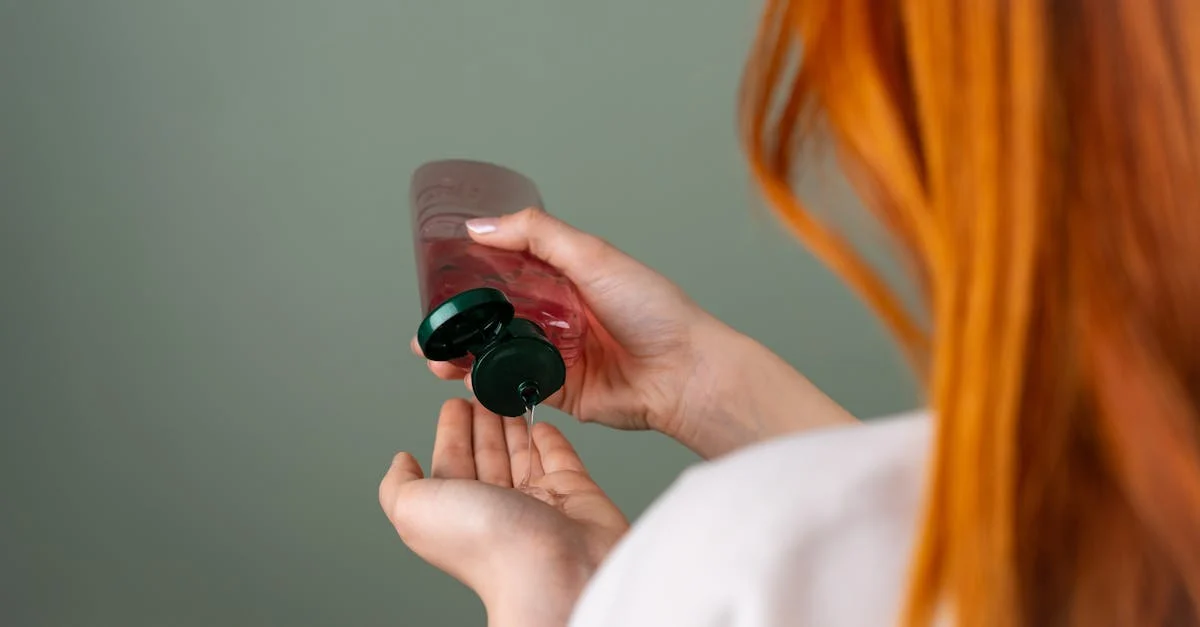For many, choosing the right hair conditioner and determining how much conditioner to use can be a daunting task. The diverse needs of different hair types and lengths mean there is no one-size-fits-all solution. Conditioner plays a crucial role in maintaining moisture, enhancing manageability, and protecting hair from environmental factors. However, using too much can lead to greasy hair, while using too little may not provide the necessary benefits. Understanding these dynamics can help users make informed decisions about quantity, helping leverage the full potential of their chosen hair conditioners. Different hair types such as curly, straight, thick, or fine require unique applications and amounts to maintain their health and vitality. This discourse will delve into the best practices for usage based on individual hair needs, the common errors to avoid, and how to choose the right conditioner type for optimum results.
Conditioner usage best practices
Determining how much conditioner to use involves considering one’s hair type and length. Generally, those with fine or short hair should use a smaller amount, typically ranging from a pea-sized to a nickel-sized dollop, focusing application from mid-length to the tips to prevent greasiness at the roots. For thicker or longer hair, a larger quantity might be necessary, potentially up to a quarter-sized amount. It’s important to avoid over-saturating the hair with conditioner, as this can weigh it down, making it limp and devoid of volume. Additionally, adhering to the recommended time on the packaging ensures optimal moisture absorption without residue.
Types of conditioners
Understanding the different types of conditioners can significantly impact how much conditioner should be used. Rinse-out conditioners are most common, and they are applied after shampoo to detangle and soften hair. Leave-in conditioners offer ongoing hydration and protection and are best used sparingly to avoid build-up. Deep conditioners, meant for intense treatment, require only occasional use to replenish moisture deeply. Cleansing conditioners, serving as both shampoo and conditioner, allow for gentle cleansing without stripping natural oils, thus needing careful dosage to avoid product overload.
Hair health and conditioner benefits
Conditioners are essential for maintaining hair health by restoring moisture lost during shampooing. They also protect hair fibers from damage caused by styling and environmental stress. Selecting a conditioner tailored to specific hair needs, such as damage repair or frizz reduction, enhances these benefits. Utilizing reverse washing techniques, where conditioner is used before shampoo, can be beneficial for finer hair that tends to be weighed down. Recognizing signs of over-conditioning, like excessive shine or difficulty in styling, and modifying usage patterns accordingly can ensure hair remains healthy and vibrant.



